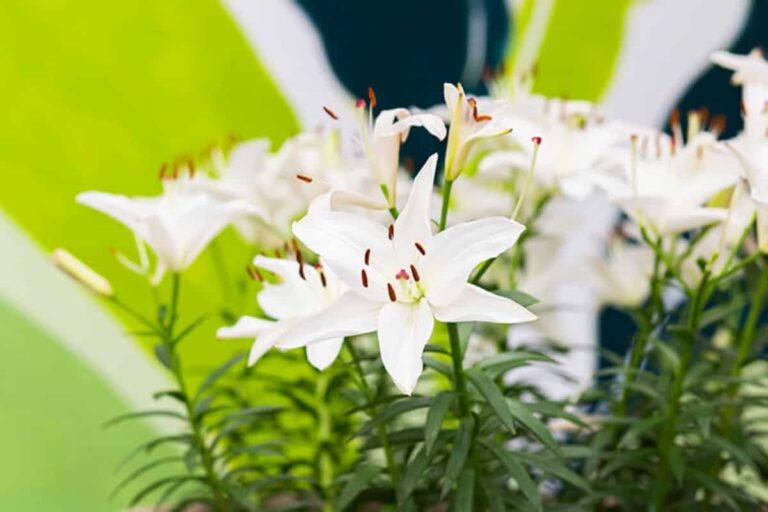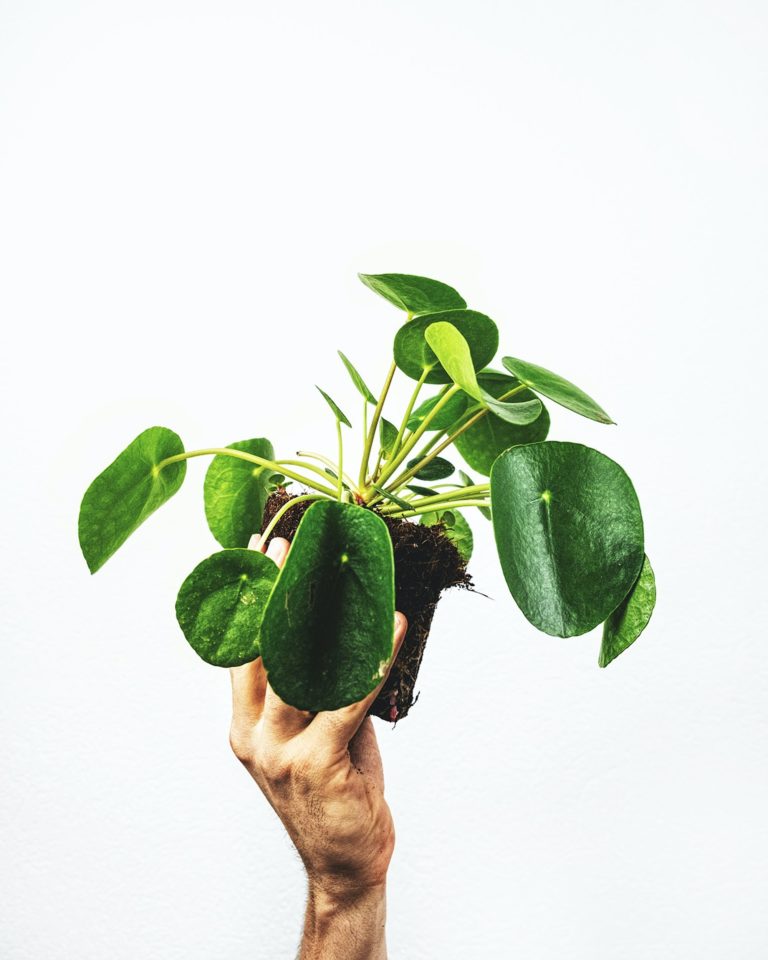Maintaining the Kaffir Lily for Years
The Kaffir lily, or Clivia lily, is a flowering plant from the Amaryllis (Amaryllidaceae) family. It’s originally from South Africa and is a popular choice for indoor gardens. These plants grow well in the shade and in average to cool temperatures. Kaffir lilies produce orange, red, yellow, peach, or white blooms. They reach up to 18 inches (45 cm) tall and have central flower stalk with 10 to 20 trumpet-shaped flowers. The flowers lie dormant in winter and bloom in early spring.
Background of the Kaffir Lily
The Kaffir lily, scientific name Clivia miniata, goes by many names, including Clivia lily, Natal lily, bush lily, and fire lily. It’s not actually part of the lily family (Lilium) but the Amaryllis (Amaryllidaceae) family.
The Kaffir lily is a flowering plant native to the woodland regions of South Africa and Swaziland. You can also find varieties of Kaffir Lily in Australia, Japan, China, and the US, especially in California.
Clivia is a summer flower that’s also suitable for indoor gardens or greenhouses. They naturally bloom in summer but can be coaxed into blooming in late winter or early spring. Some plants bloom sporadically throughout the year.
What to Expect
Kaffir lilies are a slow growing plant. It’s unlikely that you’ll see any blooms in a plant’s first year. Typically, it takes 2 or 3 years before a plant can produce flowers.
The plant reaches full maturity in 2 to 5 years and can measure up to 18 inches (45 cm) tall by that time.
In spring and summer, the Kaffir lily usually produces between 10 to 20 flowers. Its blooms are trumpet-shaped, orange petals with a yellow center and yellow stamen coming out the middle. Different varieties may have yellow, white, peach, or red flowers.
The flowers bloom at the end of a long stalk that stretches above the leaf foliage.
Its dark green leaves are wide and arching. Leaves are typically 2 inches (5 cm) wide and can grow up to 18 inches (45 cm) long.
Planting Kaffir Lilies
Kaffir lilies do very well within the limits of a pot. The Kaffir lily is a relatively large plant, so you should use a pot that is 12 inches or larger.
Take a look at this demonstration from The Fern Factory on how to plant your Kaffir lily in a pot or your garden.
As the video shows, planting Kaffir lilies in a pot is a simple process, just make sure to pack down the soil. When planting in a flower bed, leave a mound of dirt in the center of the hole you dig and spread your Clivia’s roots around it.
Repotting
It’s best to avoid repotting unless necessary since the Kaffir plant can be fickle. If you need to repot your lily, do so after the plant has finished flowering.
Taking Care of Your Kaffir Lily
Kaffir lilies grow and flourish indoors. However, they can be sensitive during certain times of the year.
Flower care
The flowers of a Kaffir lily only last a couple of days. Once they begin to wilt, you should carefully remove them at the base to make space for new blooms.
Once the flowering period is over, the flower stem will begin to shrivel. This change is a sign that you should now cut the stem.
It’s important to remove the flowers as they wilt. Old blooms that fall into the soil contain seeds, or embryo fruits, which grow on their own and can take away from the nutrients your Clivia lily needs to survive.
You should also take care to avoid moving the Kaffir lily around while it’s in bloom since this is an especially delicate time in the growth cycle.
Caring for a Kaffir Lily in Winter
Wintertime should be a resting period for your Kaffir lily.
It needs this resting period to bloom in the next year. You should do your best to mimic the natural changes of the seasons. In the winter, avoid disturbing your Kaffir lily and water less frequently.
Light
Kaffir lilies grow well in shady areas. In the summertime, you can leave your Kaffir lily outdoors, but keep it out of direct sunlight. Set your lily in an area of your yard or near a window in your home where it will receive some shade.
Temperature
Kaffir lilies thrive in cool to average temperatures from about 60°F (15.5°C) to 75°F (23.8°C). In the winter, this plant can withstand colder temperatures during its resting period. Winter temperatures should be between 40°F (4.5°C) and 50°F (10°C).
Water
The amount of water you should give your Clivia lily differs in summer and winter. In the summer months, water your plant enough to keep the soil moist to the touch.
In winter, water much less and allow the soil become dry. Waiting two months between each watering is safe. In the spring or late winter, you can begin watering your plant more frequently to encourage your plant to come out of its dormant state.
Humidity
Temperature is a bigger concern than humidity for a Kaffir lily. Typical room humidity is sufficient, but if you want to add more moisture, you can gently sponge the leaves of Kaffir lily. You may also want to wipe the leaves occasionally to remove dust.
Soil
Use a regular potting soil that drains well. Peat moss is a good choice, but you can use other types of potting soil that contain at least 50 percent organic matter like peat.
The Kaffir lily has large thick roots that will occasionally break above the surface. Top-dress your pot with fresh soil every year as needed.
Fertilizer
If you decide to feed your plant, use a diluted fertilizer about once every two weeks.
Propagating Kaffir Lilies
After you’ve had your Kaffir lily for a few years, you might have separate offshoots in the same pot. To keep your plants healthy and to get more plants out of your original, you should divide them.
Divide your Clivia lily after it has finished flowering. Be careful to keep a good amount of root with each offshoot and place them into separate pots or containers.
You can grow new plants from these offshoots or if you’ve allowed them to develop, grow new Clivias from seed. Adam Woodhams from A Gardener’s Clippings explains how:
Kaffir Lily’s Toxic Properties
Owners of Kaffir lily should be aware that this plant is poisonous to pets. Keep it away from dogs, cats, and even horses.
Kaffir lily contains Lycorine. Ingesting small amounts can cause discomfort and a stomachache, but consuming the plant in larger quantities can be deadly.
Symptoms of poisoning in your pet can include drooling, vomiting, diarrhea, tremors, and seizures.
You May Also Read – Crinum Lily
Photo by Forest and Kim Starr licensed under CC BY 2.0



